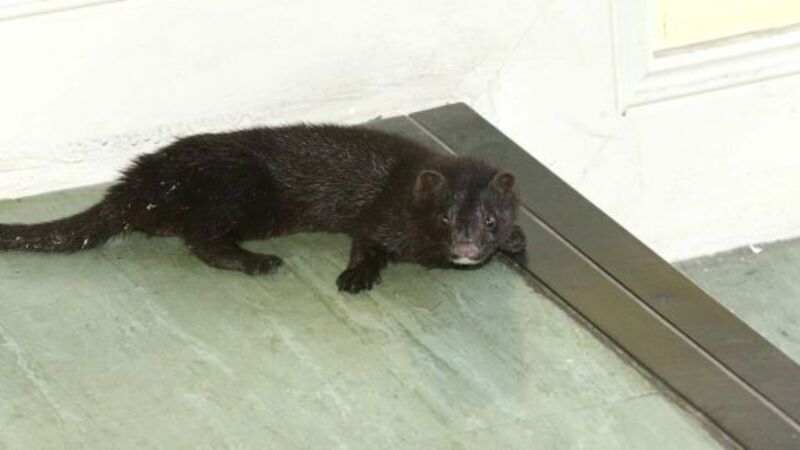We can learn from New Zealand about eliminating unwanted invaders

Islands off Kerry support huge numbers of breeding shearwaters and auks. A quarter of Europe’s storm petrel nest in Ireland and Little Skellig holds one of the world’s largest gannet colonies. Such remote locations offer birds protection from four-legged predators. Rats, accidentally released from boats, have colonised some islands, but starvation during winter food shortages reduces their impact on nesting birds the following summer.
BirdWatch Ireland’s Puffin Island reserve is about 300m from the mainland, too far out, you might think, for mink to visit. However, in an article in Wings magazine, Dr Stephen Newton revealed that these voracious predators of eggs and chicks were seen there in 2007.
Carcasses of shearwaters and a petrel, killed by them, were found in 2011.
Also, what was thought to be a mink scat was discovered on Great Saltee, 5km off the Wexford coast. Although vulnerable to hypothermia when in the sea, mink can swim continuously for up three hours.
Removing such unwanted intruders is a formidable challenge but New Zealand scientists have shown what can be done; so far, 200 islands there have been cleared of rats, possums, and stoats. Their problem is far more serious than ours; alien animals have irreparably damaged unique South Pacific ecosystems, wreaking havoc on species found nowhere else in the world.
New Zealand had no land mammals apart from bats. Lizards and birds, including flightless giant moas, thrived in this isolated paradise before Polynesians settled there a millennium ago. Europeans arrived in the late 18th century, bringing livestock pets and rats with them. When introduced rabbits ran amuck, stoats and ferrets were brought from Europe to control them, compounding the environmental disaster. Over 50 species of bird have been rendered extinct in New Zealand since humans arrived. There’s a dubious bonus; the country’s zoologists and wardens have become world leaders in alien species eradication. Can we learn from them?
Brian Owens, writing in Nature, describes some techniques being developed down under; new trapping devices, targeted poisons and genetically-engineered fertility-inhibitors are in the pipeline. Electronic bio-sensors responding to molecules given off by particular species will, it’s hoped, alert wardens to the presence of aliens. Poisons will be distributed from helicopters drones and strategically-located ‘bait stations’. Target animals surviving the chemical onslaught will be trapped or shot.
Chemical warfare researchers, it’s hoped, can develop selective poisons so as to avoid what the military call ‘collateral damage’.
One of the country’s most troublesome pests is the large brush-tail possum, a marsupial brought from Australia 1,000km away. Its genome is being studied in the hope of developing a species-specific lethal poison. A New Zealand company makes “rat and possum traps with a skull-crushing piston that is powered by compressed gas”, according to Owen, which “can reset itself 24 times (clean-up is provided by scavenging birds and cats)”.
Gene-editing tools might be engineered to alter the mitochondria of pest species. Females would continue to breed, but produce infertile male offspring.
However, spreading altered genes throughout an invasive population carries risks. If GM- modified individuals were maliciously taken back to their native Australia, the effects on the possum population there could be catastrophic.
It’s hoped that all unwanted invaders will be eliminated by 2050, following a programme costing €6bn. It’s a huge sum but, if successful, savings in pest-control programmes, increased crop yields and improvements in the eco-tourism product should justify the expenditure.
Continuing public and political support will be crucial.
- Brian Owens: ‘Can New Zealand pull off an audacious plan to get rid of invasive predators by 2050?’ Nature. January 2017.





